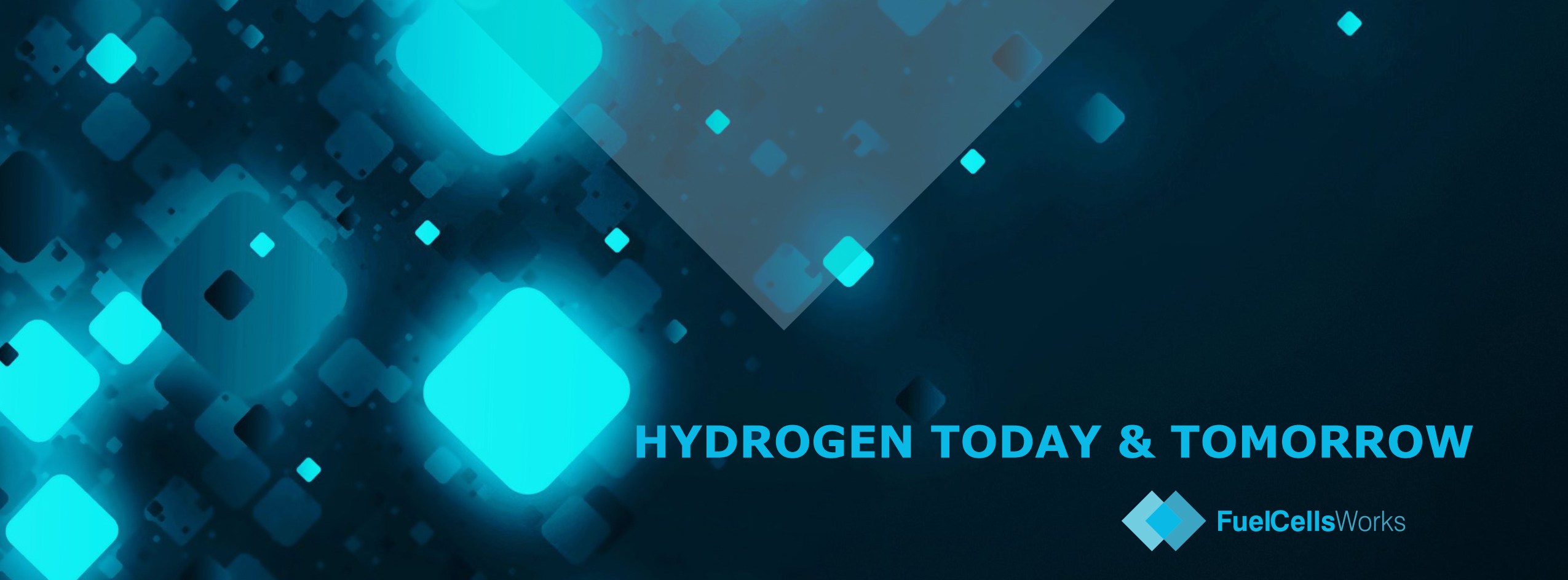
This article is part of Hydrogen Today and Tomorrow, a series about the current limitation of Hydrogen fuel and the efforts to overcome it.
Hydrogen Fuel, in theory, is simple. Use electricity to split water into Hydrogen and Oxygen in an Electrolyser. Later, feed the Hydrogen into a fuel cell in order to create an electric current. But what sounds easy in principle can be difficult to implement in practice. Specifically, fuel cells still face one major issue: its need for Platinum.
What is Platinum?
 Platinum is a silverish-white transition metal. With applications in investments, jewelry, and petroleum refining, Platinum is an incredibly versatile metal. It also happens to be the best catalyst for Hydrogen Fuel cells. Its electron structure lets it easily absorbs H2 and O2, but quickly dispels H2O. In other words, Hydrogen and Oxygen will stick onto Platinum when it needs to join, but will quickly leave once combined, leaving more room for more Hydrogen and Oxygen.
Platinum is a silverish-white transition metal. With applications in investments, jewelry, and petroleum refining, Platinum is an incredibly versatile metal. It also happens to be the best catalyst for Hydrogen Fuel cells. Its electron structure lets it easily absorbs H2 and O2, but quickly dispels H2O. In other words, Hydrogen and Oxygen will stick onto Platinum when it needs to join, but will quickly leave once combined, leaving more room for more Hydrogen and Oxygen.
Platinum is wonderful in this sense, but it has a myriad of problems. For example, Platinum has historically been more expensive than gold. Platinum is also far rarer than gold; more than 15 tons of gold are mined every year for each ton of Platinum.
What’s Being Done?
The rarity and price of Platinum have left many fuel cell engineers wanting. As such, many efforts are underway to reduce fuel cell’s dependency on the “little silver”. For example, in 2018 the Argonne Lab at the University of Chicago created a brand-new catalyst for fuel cells that reduces the Platinum needed in a fuel cell by 75%. By covering nanoscopic Cobalt-platinum alloy balls with a few layers of pure Platinum atoms, the researchers created a super-efficient core-shell structure. This maximizes the number of active particles. Additionally, a cobalt-nitrogen-carbon composite acts as both an effective substrate for the core-shell nanoparticles to occur on and as a catalyst in its own right.
 Meanwhile, other research looks to find a catalyst that is capable of replacing Platinum altogether. It is doubtful that any material will ever be better than Platinum at just “being a catalyst”, as Platinum is nearly perfect in that regard. However, many materials do come close and have the potential to be much cheaper and more abundant. For example, researchers at MIT combined Carbon and Tungsten in order to create a substance known as Tungsten-carbide, a material with an atomic structure very similar to Platinum. In Princeton, graduate students have discovered that hafnium oxide processed with nitrogen plasma to be about two thirds as effective as Platinum, at only one third the cost. Stanford researchers also tested Cobalt Phosphide in a commercial setting, making one of the first materials other than Platinum to work in a commercial electrolyzer.
Meanwhile, other research looks to find a catalyst that is capable of replacing Platinum altogether. It is doubtful that any material will ever be better than Platinum at just “being a catalyst”, as Platinum is nearly perfect in that regard. However, many materials do come close and have the potential to be much cheaper and more abundant. For example, researchers at MIT combined Carbon and Tungsten in order to create a substance known as Tungsten-carbide, a material with an atomic structure very similar to Platinum. In Princeton, graduate students have discovered that hafnium oxide processed with nitrogen plasma to be about two thirds as effective as Platinum, at only one third the cost. Stanford researchers also tested Cobalt Phosphide in a commercial setting, making one of the first materials other than Platinum to work in a commercial electrolyzer.
Platinum is a wonderful, versatile metal. It’s only because of Platinum that Hydrogen technology has gotten as far as it has, but it may take replacing Platinum to get Hydrogen to where it needs to be.


Jiang-Yi-Roy-He
Read the most up to date Fuel Cell and Hydrogen Industry news at FuelCellsWorks




